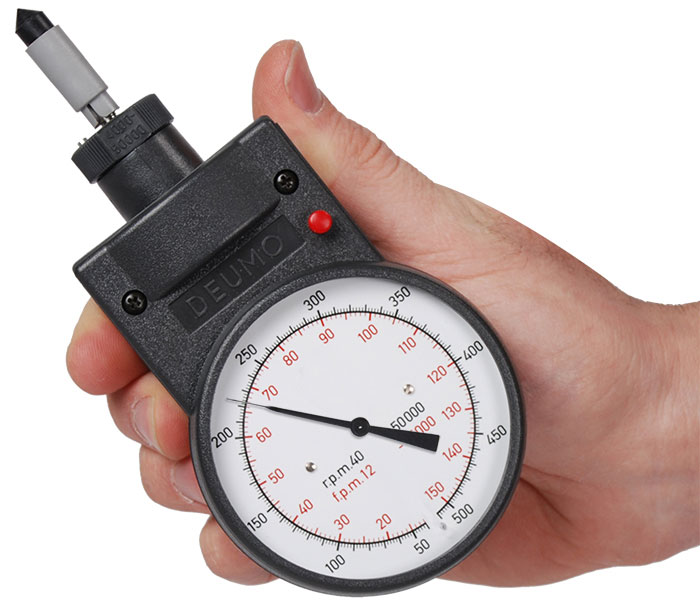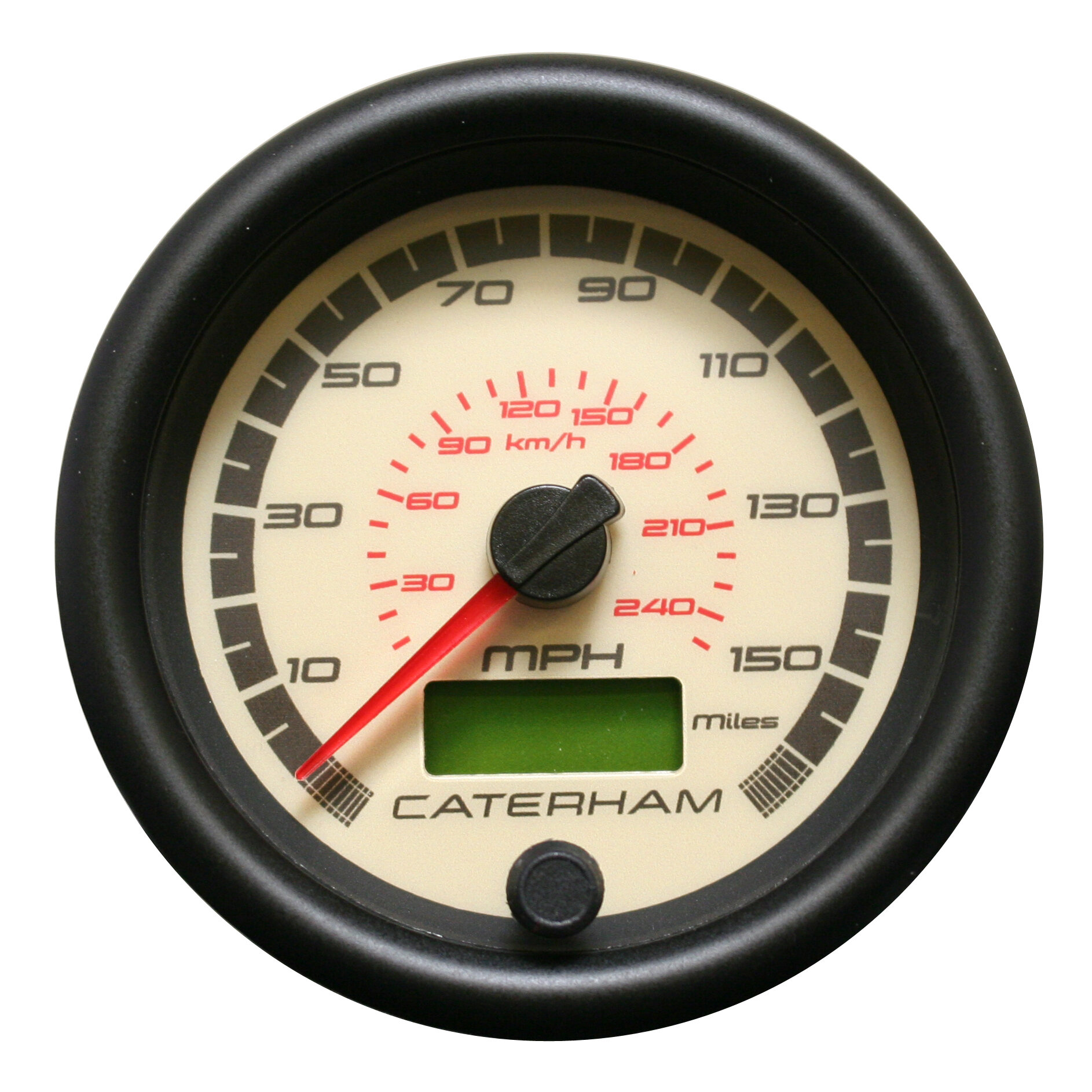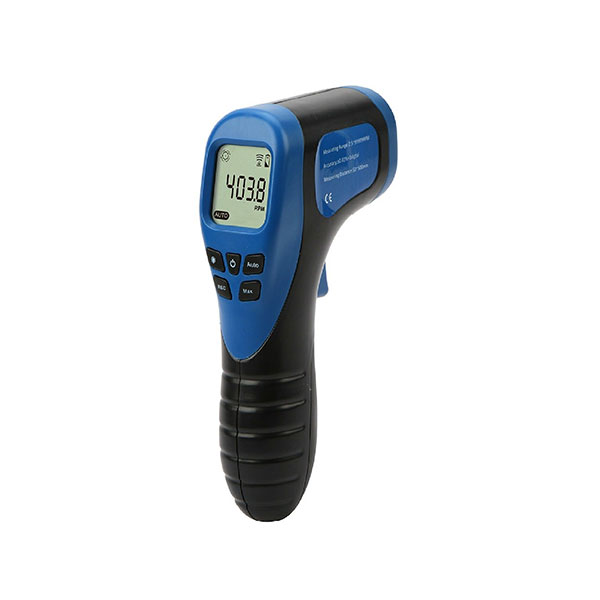How a Tachometer Assists Display Engine Wellness and Efficiency
How a Tachometer Assists Display Engine Wellness and Efficiency
Blog Article
The Importance of a Tachometer in Checking Engine Speed and Efficiency in Automotive Applications
In the realm of auto engineering, the tachometer stands as an essential instrument in the motorist's arsenal, supplying a straight window right into the internal functions of a lorry's engine. Beyond its function as a plain gauge of transformations per min (RPM), the tachometer works as a vital device for enthusiasts and experts alike, supplying real-time insights into engine efficiency and wellness. Understanding the importance of this tool goes beyond surface-level observations, diving right into the detailed relationship between engine rate, power result, and overall driving experience. As we explore the diverse function of the tachometer in auto applications, a deeper gratitude for its influence on automobile characteristics and performance begins to emerge.
Value of Checking Engine RPM
Checking engine RPM, or changes per min, is an essential facet of vehicle upkeep and performance assessment. Engine RPM directly correlates with the rate at which the engine's crankshaft revolves, showing just how swiftly the engine is running - tachometer. By keeping an eye on RPM, auto mechanics can evaluate the health of the engine, detect potential concerns, and fine-tune efficiency. An abnormal RPM analysis may indicate issues such as engine misfires, malfunctioning ignition system, or problems with the fuel distribution system. Continually high RPM analyses could show hostile driving practices or the need for a greater gear change to enhance fuel performance.
Moreover, keeping track of engine RPM is crucial for performance analysis in racing and high-performance lorries. Preserving optimum RPM levels is important for attaining peak power outcome and velocity. Racers frequently make use of tachometers to ensure they are running within the ideal RPM variety for optimum performance. In recap, monitoring engine RPM is not only vital for detecting problems yet also for maximizing engine performance in various auto applications.

Benefits of Real-Time Information
In vehicle applications, real-time information plays an essential function in supplying instant insights right into the performance and problem of the automobile. By constantly checking various specifications such as engine speed, temperature, fuel consumption, and more, real-time data offers numerous benefits that add to boosted performance and safety and security when driving.
One substantial benefit of real-time information is its capability to alert drivers and technicians to any abnormalities or concerns immediately. This positive method enables fast recognition of prospective problems, permitting prompt interventions to avoid further damages or malfunctions. Additionally, real-time data promotes performance optimization by providing prompt comments on driving practices and engine efficiency. Vehicle drivers can change their behavior in real-time based upon this information to attain much better fuel economic situation and extend the lifespan of their automobile.

Additionally, real-time information plays an important duty in modern auto diagnostics, enabling service technicians to quickly identify and resolve malfunctions. This causes lowered downtime, lower upkeep prices, and ultimately, enhanced total vehicle dependability and durability (tachometer). By using the power of real-time data, vehicle stakeholders can make informed choices that favorably influence both the performance and longevity of the automobile
Effect On Gear Shifts
Effective gear shifts in automotive applications dramatically affect general performance and driving experience. The tachometer plays a crucial role in optimizing gear shifts by offering real-time engine rate information to the vehicle driver. When coming close to the redline on the tachometer, it signifies the driver to upshift to avoid over-revving the engine and triggering prospective damage. On the other hand, downshifting at the best moment can assist preserve the engine in its power band, making sure responsive acceleration when needed.
Furthermore, the tachometer aids in attaining smoother equipment shifts, especially in manual transmissions. By monitoring engine rate, vehicle drivers can implement gear shifts at the optimum RPM array, minimizing jerking motions and decreasing endure the transmission elements. This precision on duty modifications not only boosts driving convenience but also adds to fuel efficiency.
Enhancing Gas Effectiveness
Given the essential function the tachometer plays in optimizing equipment shifts for efficiency and engine health and wellness, it directly adds to making best use of gas efficiency in auto applications. By supplying real-time feedback on engine rate, the tachometer assists vehicle drivers in preserving one of the most effective RPM array for fuel economy. When motorists consistently check the tachometer and adjust their motoring habits appropriately, they can avoid unneeded gas consumption created by over-revving or lugging the engine.
Additionally, the tachometer helps motorists identify the most fuel-efficient equipment to be in at any given minute, preventing the engine from working tougher than necessary. This is particularly important during acceleration and cruising, where being in the ideal gear can substantially influence fuel effectiveness. In addition, the tachometer can alert chauffeurs to possible mechanical concerns that could be negatively impacting gas economic situation, such as a slipping clutch or a blocked air filter. To conclude, the tachometer works as a valuable tool in improving gas performance by promoting optimal driving practices and determining locations for enhancement in the lorry's efficiency.

Making Best Use Of Engine Long Life
The tachometer's duty in checking engine rate and performance is important in ensuring the long life of auto engines. By using the tachometer efficiently, drivers can maximize engine durability with mindful RPM monitoring. Constantly revving an engine too high can lead to too much deterioration on crucial parts, such as the pistons, shutoffs, and bearings. more tips here Over time, this can cause reduced engine performance and prospective malfunctions. Checking the tachometer enables drivers to remain within the recommended RPM array for their car, preventing unneeded strain on the engine and prolonging its lifespan.

Final Thought
To conclude, the tachometer plays a vital role in navigate to this site checking engine speed and efficiency in automobile applications. By giving real-time data on RPM, it permits for effective equipment shifts, boosted fuel effectiveness, and made the most of engine long life. This tool is necessary for see this site maintaining ideal engine efficiency and guaranteeing the total functionality of an automobile.
Report this page